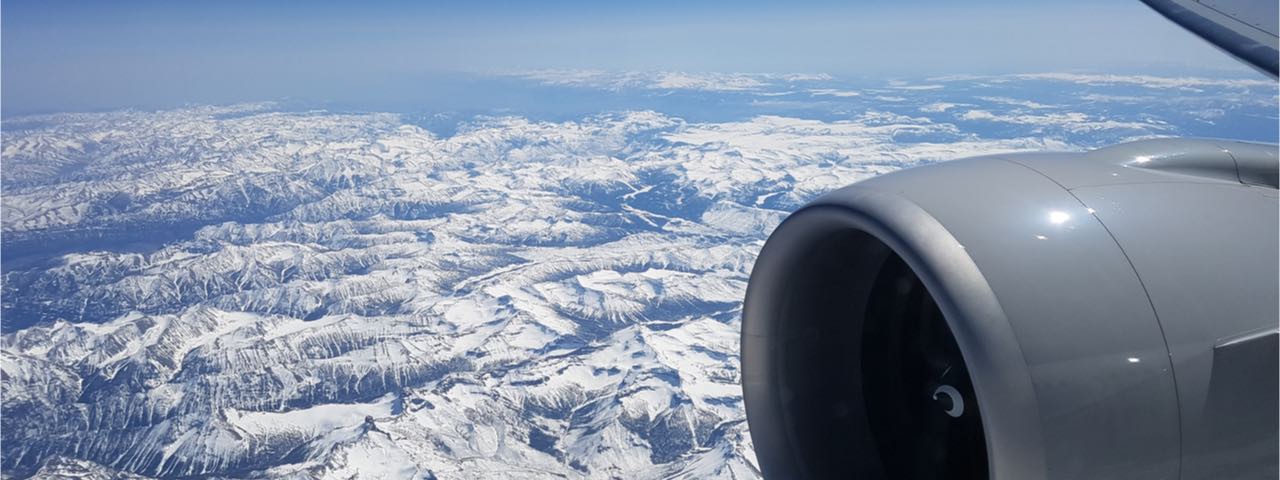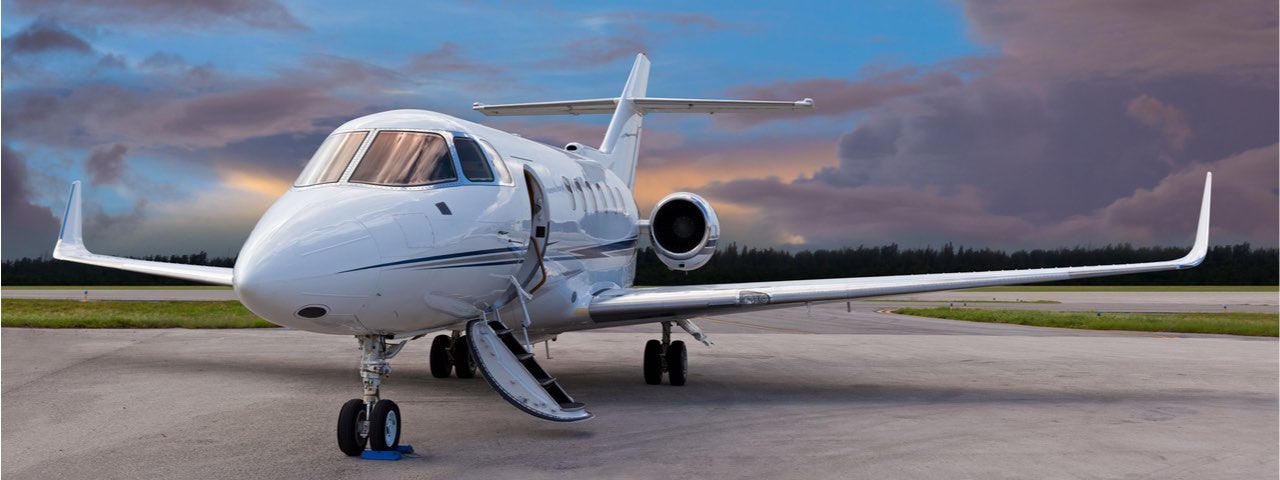What Does the Future Look Like for Commercial Airlines?
According to the International Air Transport Association (IATA), 4.4 billion people chose flying as their mode of travel in 2018, signalling an increase of 6.9% from 2017. Of course, there was a pandemic-related disruption after that, but it doesn’t mean things have slowed down. In fact, there’s plenty to look forward to in the future of commercial aviation.
Environmental impact
The ever-increasing number of commercial flights is responsible for a large portion of global carbon emissions. As such, the empty skies experienced during the pandemic were welcomed by some climate activists. In some instances, such as in Europe, carbon emissions fell by as much as 70% at the height of travel restrictions.
The aviation industry was under increasing pressure to become more involved in the fight against climate change long before the onset of COVID-19. While most other sectors were already working towards reducing their CO2 footprint, the aviation industry is expected to service twice as many passengers by 2037 as it does now. This means it is set to contribute 22% of the world’s carbon emissions by 2050 – a tenfold increase.
The International Civil Aviation Organization (ICAO), the UN’s specialised aviation branch, has put plans in place to curb the industry’s carbon emissions with the Carbon Offset and Reduction Scheme for International Aviation (CORSIA). The scheme was already presenting challenges for many airlines and governments across the globe, and the pandemic skewed the 2019/2020 figures that the emissions baseline would have been calculated from.
The increase in air traffic that we are bound to see over the next few years could cost airlines dearly, as they will need to purchase carbon-offset credits. In turn, this will raise operating costs and affect ticket prices.
However, the environmental impact of air travel is still at the forefront of the industry, and many companies are looking for ways to bring down their carbon emissions. Right now, fuel-efficient planes and sustainable aviation fuels remain the most feasible environmentally-friendly options for commercial airlines to offset carbon emissions.
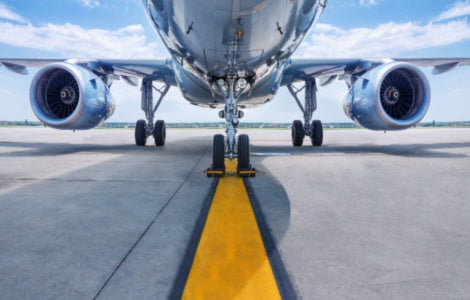
Jet technology advancements
Great things are expected when it comes to technological advances in the aviation industry.
Progress in technology development may have slowed down for a period, but it rarely stops, which means jet technology will continue to evolve.
Steven Udvar-Házy of Air Lease Corp. believes disruptive technology is not going to come from the big players, as these airline companies will be preoccupied with increasing their numbers. In an interview with Aviation Today, Udvar-Házy said disruption is “going to come from smaller, innovative players”.
It’s possible that the airline industry will not see its advancements come from within. Much like how Elon Musk’s Tesla has transformed the automotive industry, tech firms across the globe are innovating all the time. A breakthrough to support airline companies going forward could well come from a number of firms outside the industry.
This could be in the form of electrical planes, biofuel or solar-panel use, or simply streamlined design reforms, such as a chopped-off tail. Of course, airline companies have not been idle in the past few years: Airbus, for example, released designs for its new futuristic, blended-wing aircraft in February 2020.
It’s going to be fascinating to keep an eye on the future of technology advancements in the commercial aviation industry and whether any new players are going to step up and make a name for themselves in the field.
The boom of private jet charter
One thing is for sure: the increased use of private jet charter is here to stay.
This is down to the flexibility of private jet charter, as well as the frequency of the flights, which makes charter flights incredibly tempting for people all over the world. Add comfort, style and convenience into the mix and it’s little wonder that more and more people are choosing to charter private planes.
Better in-flight entertainment and health technologies
If there’s one thing that is guaranteed to change over the coming years in commercial aviation, it’s the way that companies go about in-flight entertainment. There are more options than we’ve ever had before and we’re likely to see bigger screens, more gaming options, and perhaps even the ability for passengers to take things like short, free e-courses during their flight.
Virtual Reality (VR) and Augmented Reality (AR) companies are already knocking at the door when it comes to in-flight entertainment, and British Airways and Alaska Airlines have already trialled the VR headsets from Skylight in their first-class cabins.
Health is also going to go through a big change, with tech companies like Panasonic throwing their hats into the ring to develop innovative passenger wellbeing technology. This could range from anything like lighting to “regulate circadian rhythms” on long flights to controlling the cabin noise to promote better in-seat sleep schedules.
Fly privately with Air Charter Service
Get in touch with us at Air Charter Service for a customised, expert private charter experience. Whether you’re looking to escape for a remote holiday, reach your family, or make an important business trip, we have the right flight for you.
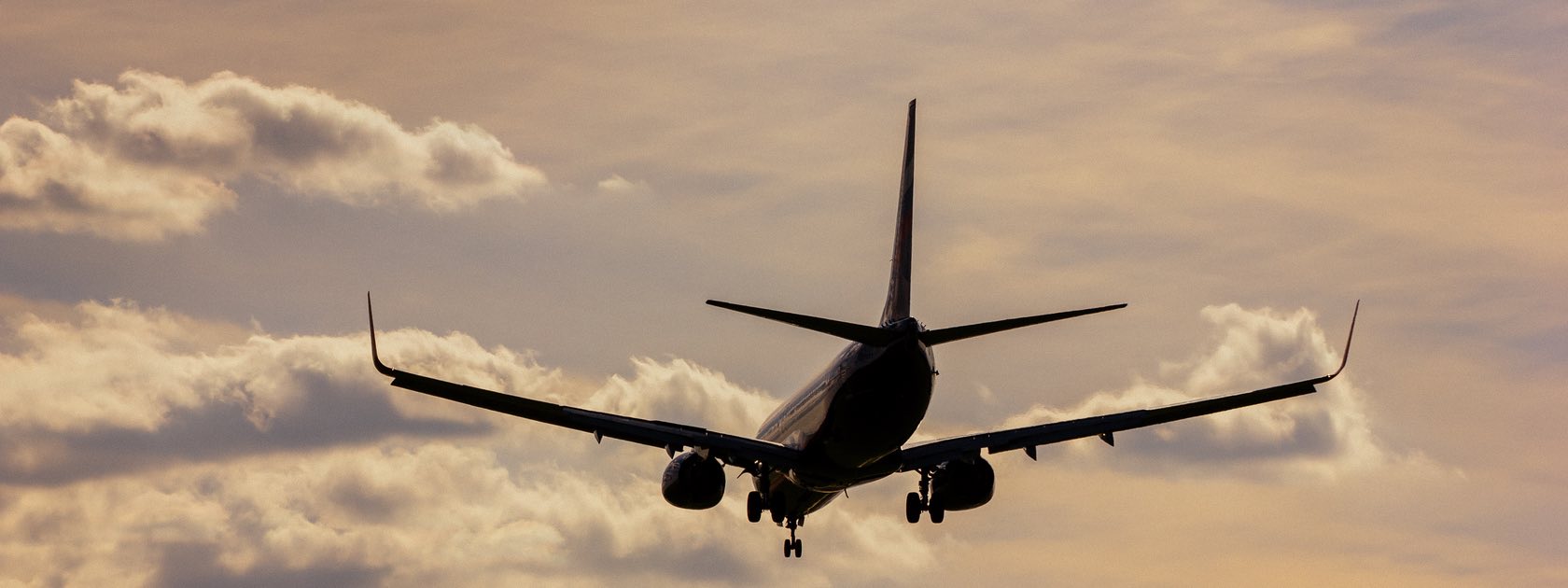
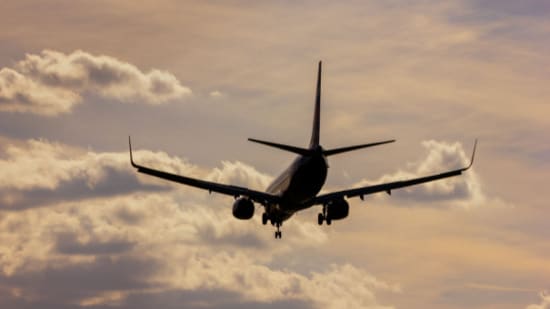 What does the future hold for commercial airlines and the industry as a whole? We take a look at environmental and tech advancements.
What does the future hold for commercial airlines and the industry as a whole? We take a look at environmental and tech advancements.


